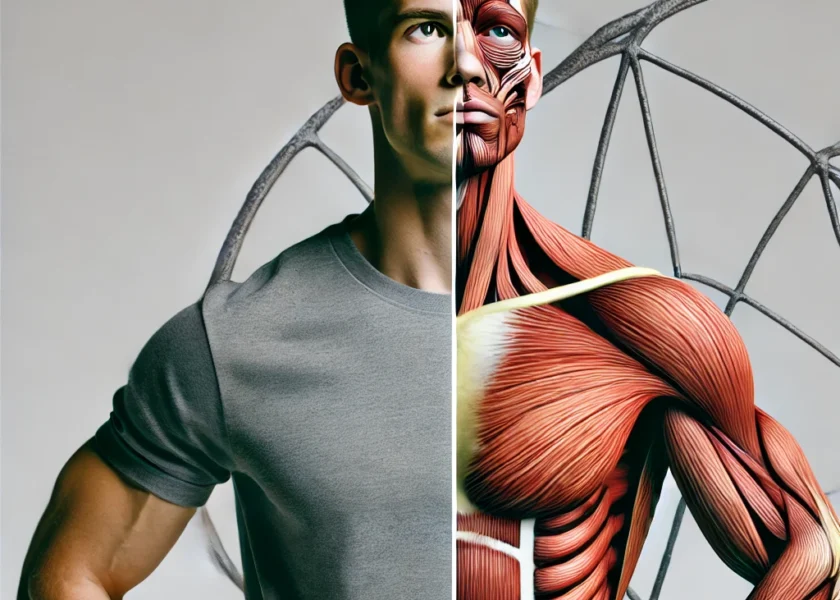Why bother?
Strength training is a form of exercise that involves using resistance to increase muscle strength and endurance. It can benefit older adults in many ways, such as:
- Maintaining or increasing muscle mass, which tends to decline with age12.
- Improving mobility and functional capacity, which can help prevent falls and preserve independence345.
- Enhancing bone density and reducing the risk of osteoporosis67.
- Preventing or managing chronic diseases, such as diabetes, cardiovascular disease, and arthritis8 .
- Boosting mental health and cognitive function, which can improve mood, memory, and quality of life .
How to strength train
Strength training can be performed using various types of equipment, such as free weights, machines, bands, or body weight. The optimal frequency, intensity, duration, and type of strength training for older adults may vary depending on individual factors, such as age, health status, goals, and preferences. Therefore, it is advisable to consult a qualified health professional, such as a physical therapist or a personal trainer, before starting a strength training program.
Some general guidelines for strength training for older adults are:
- Start with a warm-up and end with a cool-down to prevent injuries and enhance recovery.
- Perform exercises that target all major muscle groups, such as the chest, back, arms, legs, and core.
- Choose a resistance level that allows you to complete 8 to 15 repetitions per set, with good form and moderate to hard effort.
- Rest for 1 to 2 minutes between sets and exercises.
- Aim for 2 to 3 sessions per week, with at least 48 hours of rest between sessions.
- Progress gradually by increasing the resistance, repetitions, sets, or frequency, as tolerated.
- Monitor your response and adjust accordingly. Stop if you experience pain, dizziness, or other adverse symptoms.
Examples of excercises
Some examples of strength training exercises for older adults are:
- Squats: Stand with your feet shoulder-width apart and your arms crossed in front of your chest. Slowly bend your knees and lower your hips until your thighs are parallel to the floor, or as far as comfortable. Keep your back straight and your chest up. Pause for a second, then push through your heels and return to the starting position. Repeat for the desired number of repetitions.
- Chest press: Lie on your back on a bench or a mat, with a dumbbell in each hand. Hold the dumbbells at chest level, with your palms facing away from you and your elbows bent at 90 degrees. Press the dumbbells up over your chest, until your arms are fully extended. Lower the dumbbells back to the starting position, with control. Repeat for the desired number of repetitions.
- Bicep curl: Stand with your feet hip-width apart and a dumbbell in each hand. Hold the dumbbells at your sides, with your palms facing up and your elbows close to your body. Curl the dumbbells up toward your shoulders, without moving your elbows. Lower the dumbbells back to the starting position, with control. Repeat for the desired number of repetitions.
- Leg extension: Sit on a leg extension machine, with your ankles under the padded bar and your knees at 90 degrees. Adjust the seat and the weight according to your height and strength. Slowly extend your legs until they are straight, without locking your knees. Pause for a second, then bend your knees and return to the starting position. Repeat for the desired number of repetitions.
- Plank: Lie on your stomach on a mat, with your elbows under your shoulders and your forearms on the floor. Lift your hips and knees off the floor, so that your body forms a straight line from your head to your heels. Keep your core engaged and your back neutral. Hold this position for as long as you can, without sagging or arching your back.




